Exhibition, 2020
In collaboration with: scientist Auksė Gaižauskaitė (microbiology), artists Antanas Gerlikas (glass), Laura Kaminskaitė (exhibition design and glass), curator Valentinas Klimašauskas.
The main idea behind this exhibition is how our aesthetic perception is affected by the fermented products we ingest. The project looks at how selected microorganisms affect our biota –– the populations of various microorganisms living in the gut. Biota contributes to the overall well-being of the human body and, as the exhibition considers, aesthetic perception.
The exhibition features seven different artworks, all approaching the theme from different perspectives. While the video Microorganisms & Their Hosts presents the conceptual part of the exhibition from consumer’s, scientist’s, and artist’s perspectives, other works demonstrate how microorganisms are approached from cultural, scientific, and maker perspectives. For example, Glass Containers displays the traditional way of making a fermented tee and Glass Vessels introduces the scientific method of fermenting yogurts. Two other installations provide an idea of how the Ph levels change through the fermentation process. While the Proposal for Microbial Therapy is designed to display the change of Ph levels of fermented yogurts, the capsule Rectal Candle is to track the change of Ph levels of our intestine. The installation My Collaboration With Bacteria for Paper Production, which includes a DIY lab, a toolkit, a video tutorial, a manual, and ongoing workshops is for the audiences to experience the impact of microorganisms while working with microorganisms right in the exhibition space. The last artwork, the workshop How to Personalize Yogurt? is conceptualized to have the participants produce individual yogurts.
Combining isolation of a single microorganism, cooking medium for it, looking after it, and finally consuming it, the audience is invited to experience the relationship between the targeted microorganism and itself.
In order to have a significant impact on humans, it is recommended to consume 500 g of yogurt per day for several weeks. Keeping in mind that homemade yogurt may contain pathogens and unhealthy chemical compounds, the author suggests consuming homemade consumables at their own risk.
Experiments
Artworks
Microorganisms & Their Hosts, video
Proposal for Microbial Therapy, glass vessels with yogurt, electronic device
Rectal Candle, electronic device, display
Glass Vessels, blown glass filled up with yogurt
Glass Containers, melt glass filled up with kombucha
My Collaboration With Bacteria for Paper Production, DIY Biolab, toolkit, video tutorial, manual
How to Personalize Yogurt?, workshop
Process
Having started with the toolkit My Collaboration with Bacteria for Paper Production, which provides tools to work around the interaction of microorganisms and in a broader sense the symbiotic relationships between living organisms and non-living things, I came up with a series of workshops around the isolation of bacteria. While tinkering, and discussing raised questions, together with the participants of the workshops, we sourced a few scientific papers worth referring to. To mention is a paper “Lactose digestion from yogurt: mechanism and relevance” by Denis Savaiano which claims that fresh yogurt with Lactobacillus bulgaricus and Streptococcus thermophilus has active bacterial lactase and therefore prevents symptoms in lactose-intolerant people. Another paper “Microbial lysate upregulates host oxytocin” by B. J. Varian et al concludes that yogurt with Lactobacillus reuteri may affect the release of oxytocin, a hormone that is responsible for social bonding. Speculation on the idea that the consumption of fermented dairy products may improve lactose malabsorption or affect the sense of social bonding, provoked further speculations on the impact of microorganisms to humans.
Acknowledgments
Further collaborations: Bon Alog (video editing), Tristen Bakker (proofreading), Juris Dunovskis (glass), Mark Eckstrand (glass), Alanas Gurinas (camera, sound), Brigita Kasperaitė (video editing), Nerijus Kėblys (graphic design), Juozas Masiulis (microbiology), Mindaugas Miselis (electronics), Mantas Rimkus (graphic design), Martin Schied (electronics), Bevan Taka (glass), Hege Tapio (workshop), Vilius Vaitiekūnas (video documentation), Adomas Žudys (3d modelling).
Thanks to the National Gallery of Art
Organised by Institutio Media and Lithuanian Interdisciplinary Artists’ Association
Supported by Lithuanian Council for Culture, Vilnius City Municipality, Bauhaus University Weimar, TOP e. V, Dunovglass.
Related Texts
Meno projektas tyrinėja, kaip mikroorganizmai gali pakeisti mus ir mūsų meno suvokimą
Lašelis balto juodame. Mindaugo Gapševičiaus paroda „Mikroorganizmai ir jų šeimininkai“ „Atletikoje“
Related Media
Photos: Andrej Vasilenko
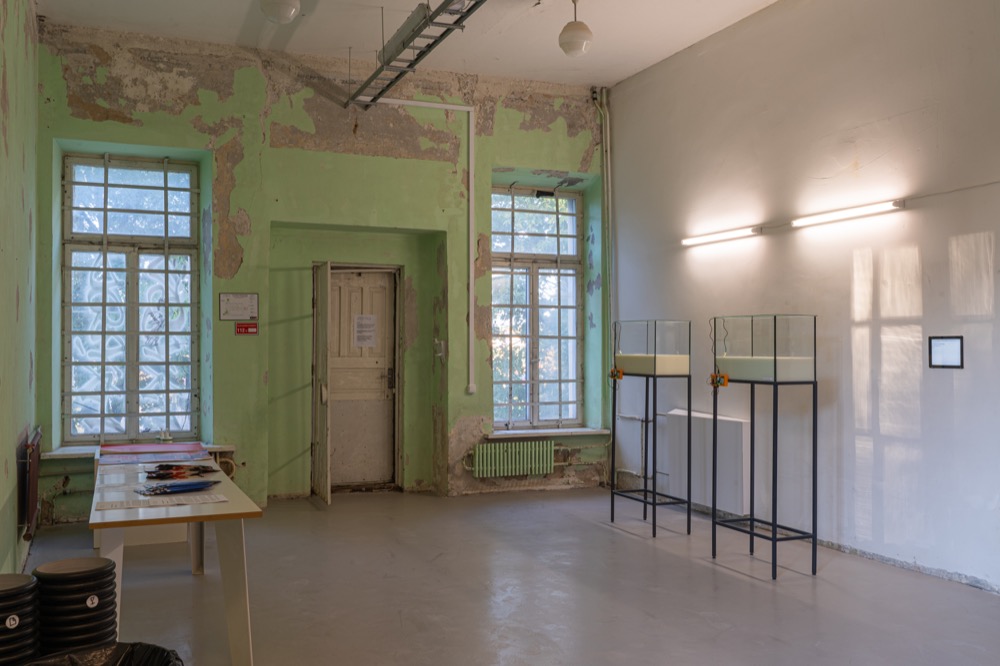
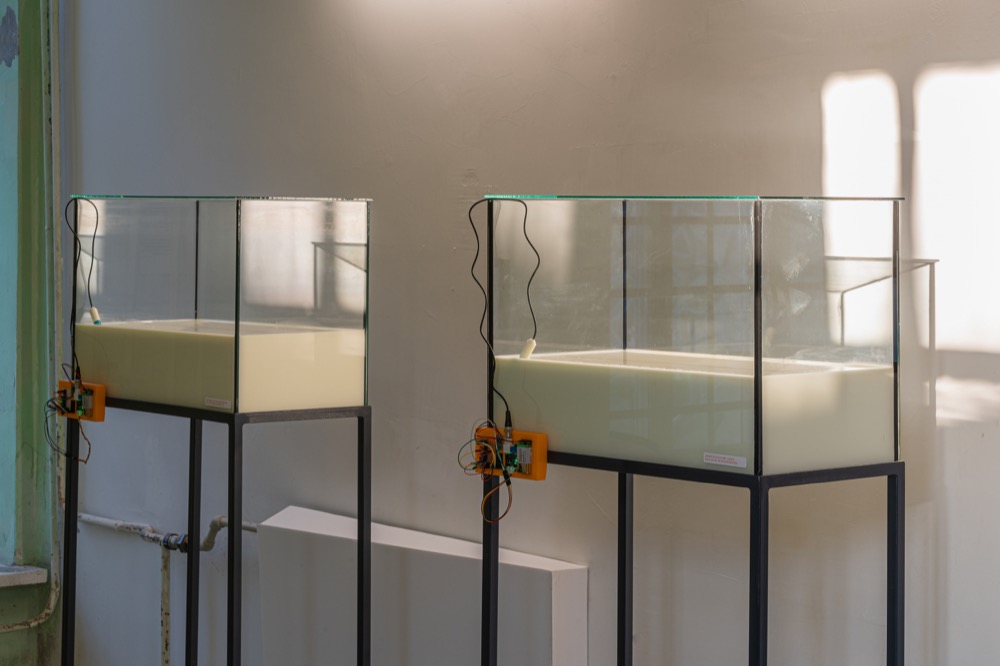
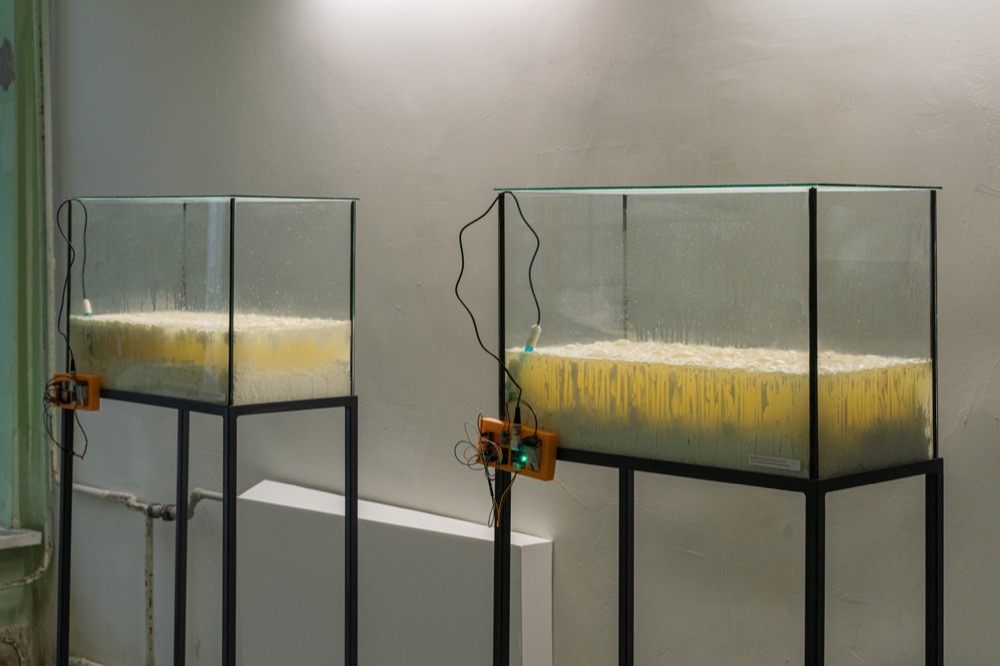
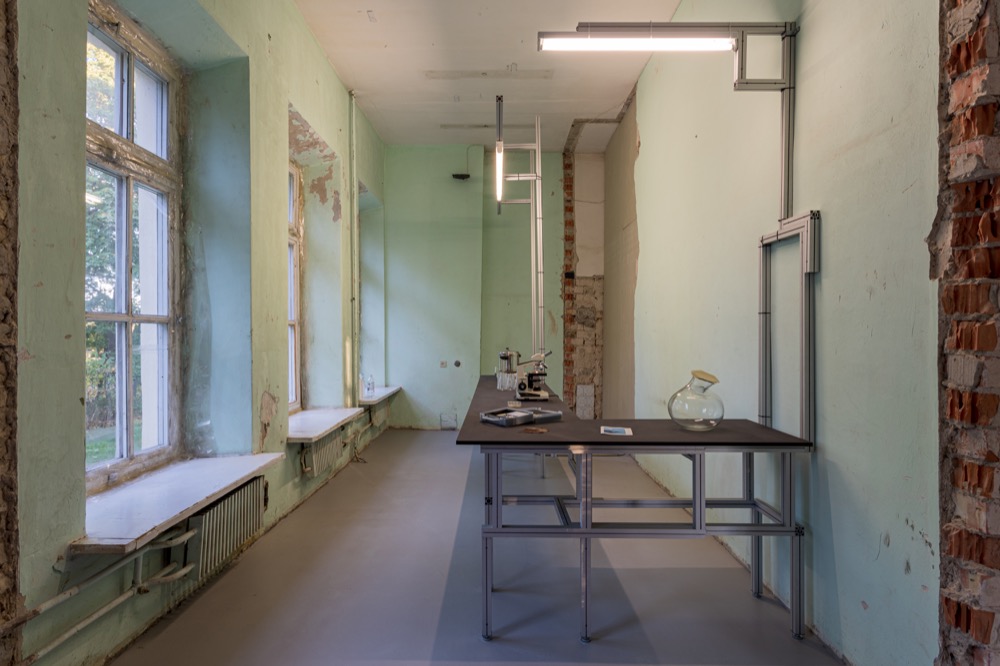
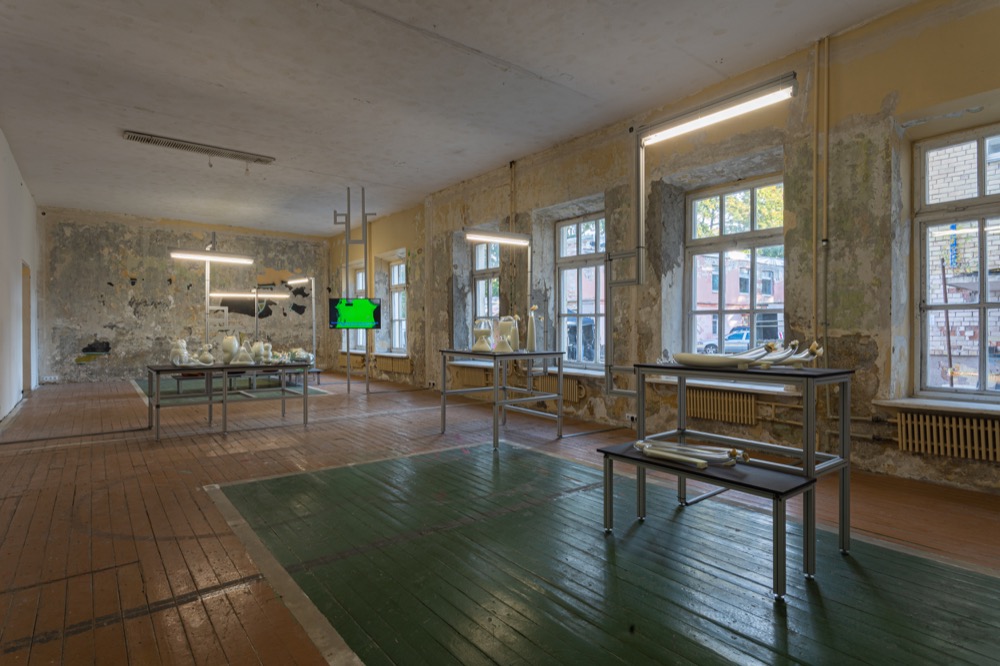
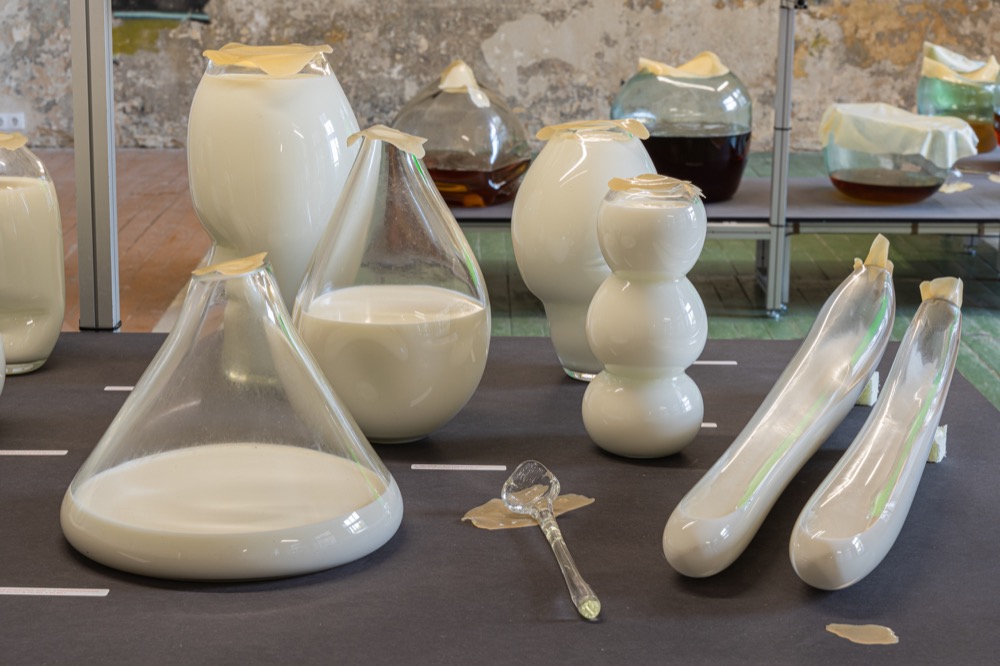
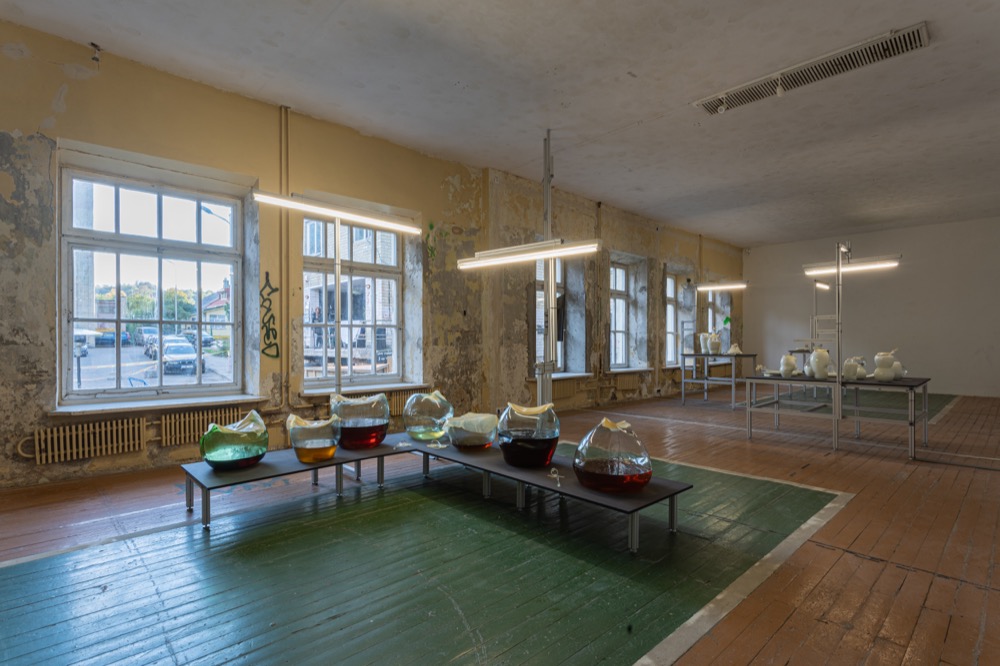
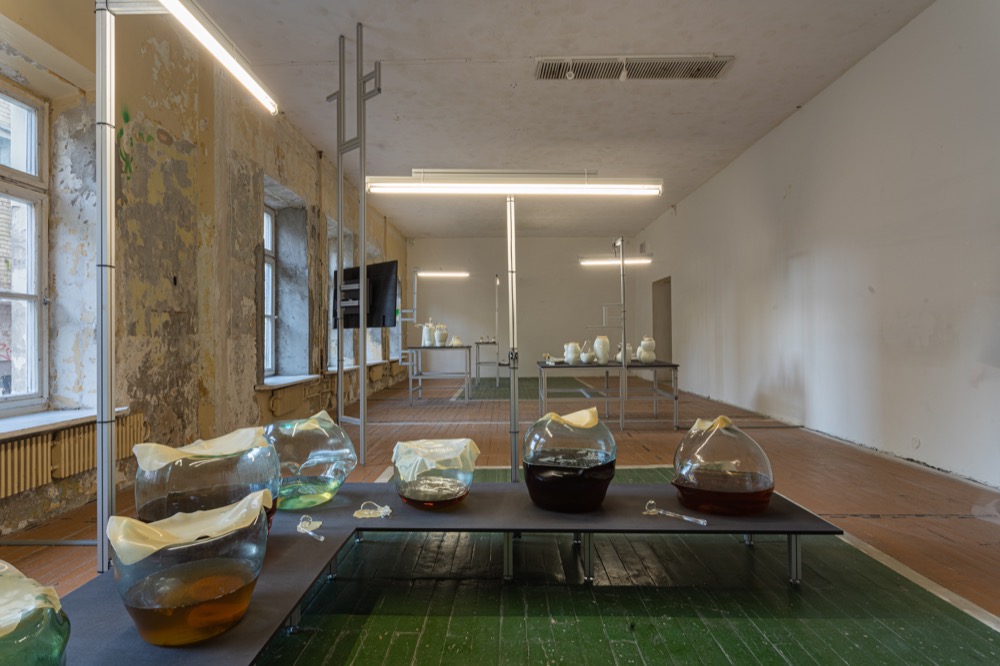
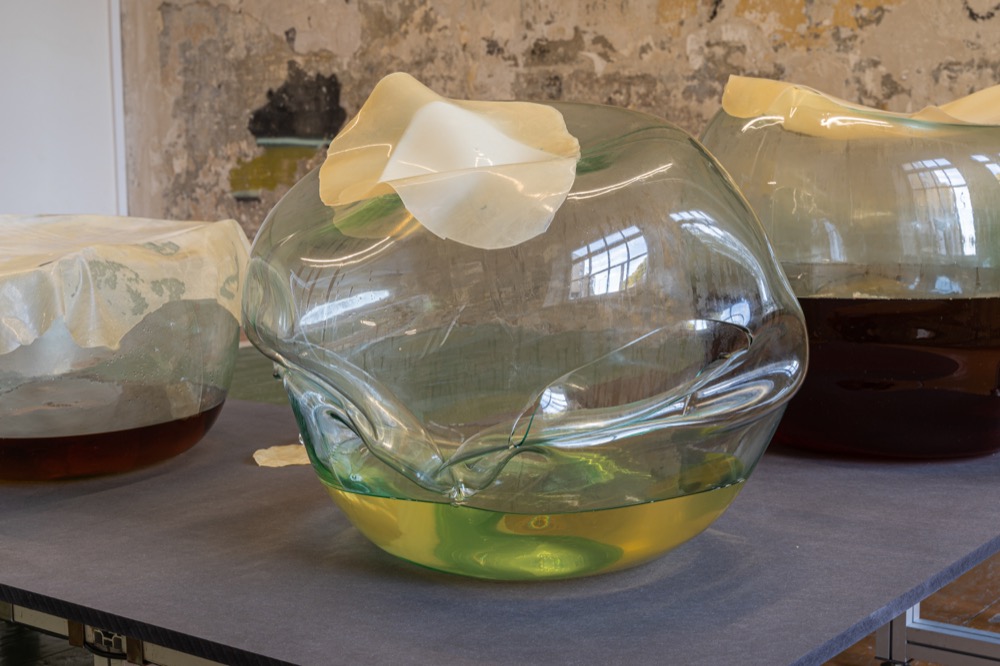
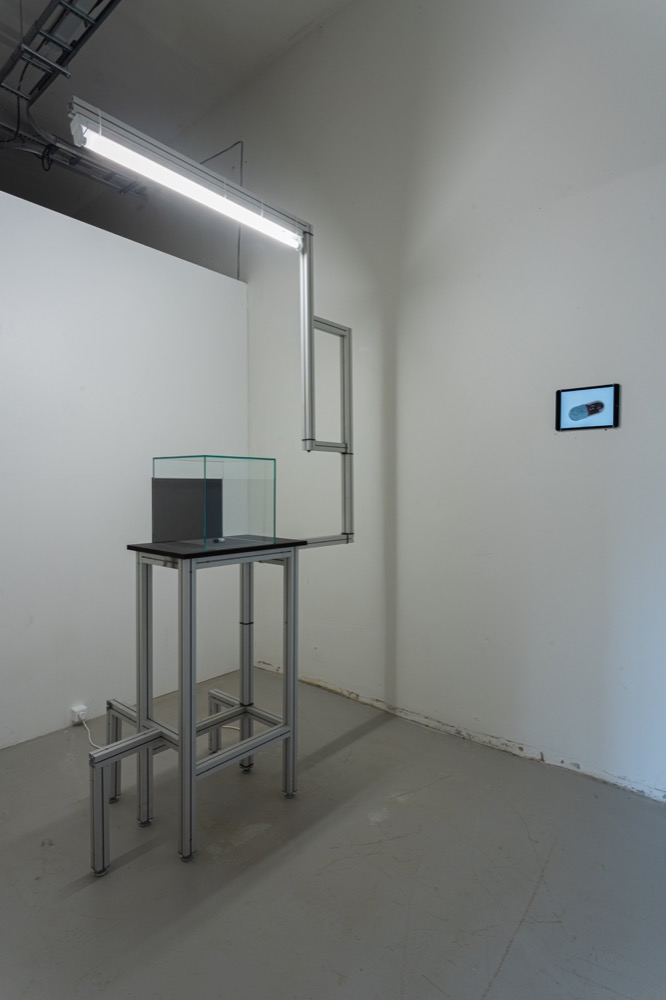
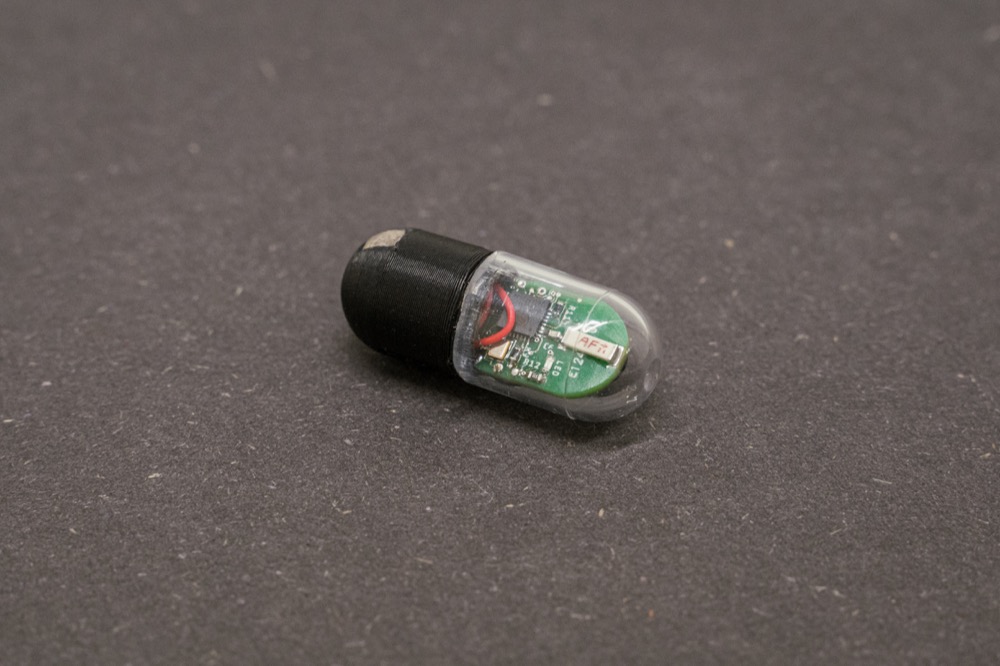
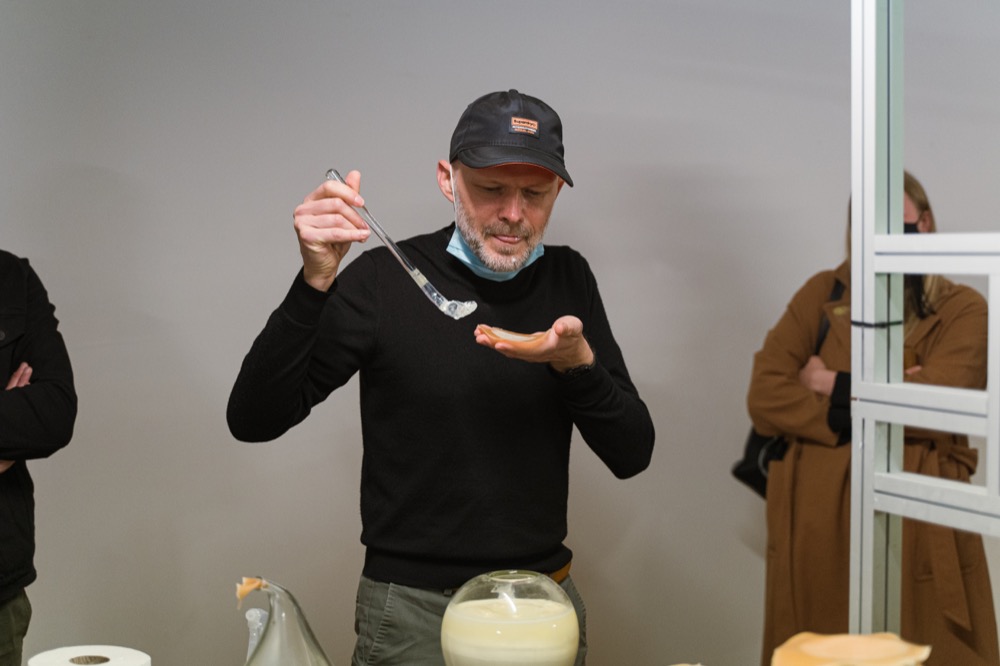
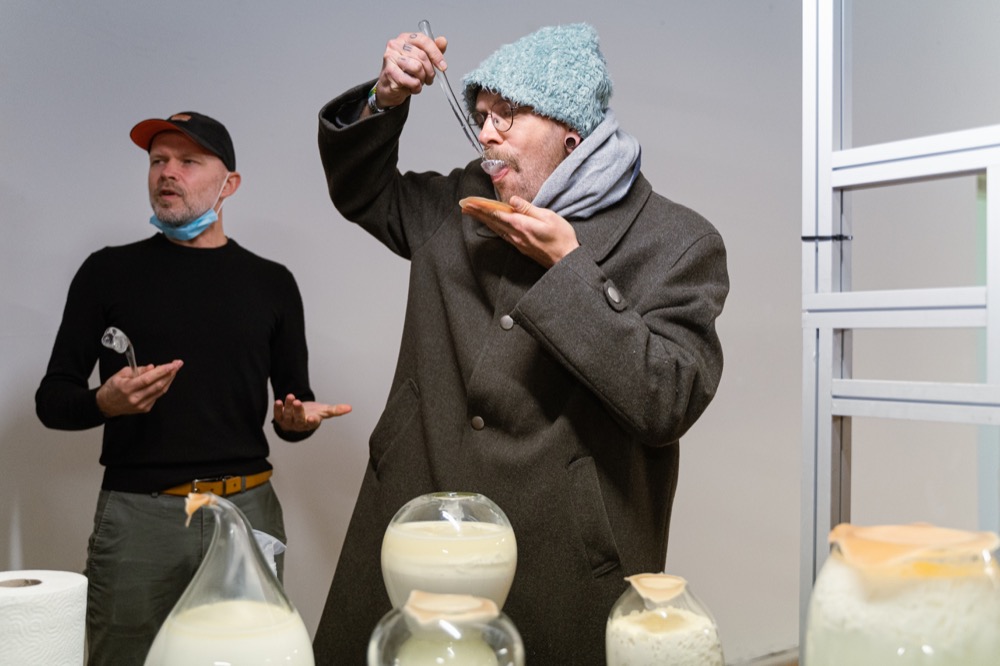
Related Posts
 Rectal Candle @ The AGAPÈ — Contact (CTM Festival 2022) - I am pleased to be part of The AGAPÈ exhibition, part of the CTM Festival this year. In Berlin on Saturday, May 28th from 12 to 9 pm. Come by -- I am showing my Rectal Candle there! Thanks to Edge Neuroscience & Art e.V for the invitation! The The AGAPÈ — Contact exhibits the… Continue Reading
Rectal Candle @ The AGAPÈ — Contact (CTM Festival 2022) - I am pleased to be part of The AGAPÈ exhibition, part of the CTM Festival this year. In Berlin on Saturday, May 28th from 12 to 9 pm. Come by -- I am showing my Rectal Candle there! Thanks to Edge Neuroscience & Art e.V for the invitation! The The AGAPÈ — Contact exhibits the… Continue Reading Exhibition: The sex lives of fruit flies - Low gallery, Riga Opening: 6 PM, Wednesday, August 25 August 25 - September 30, 2021 Participants: children, fruit flies, Mark Eckstrand, Adrian Ganea & Chlorys, Mindaugas Gapševičius, Helena Heinrihsone, Kamilė Krasauskaitė, and other significant and nonhuman others Designer: Nerijus Rimkus Curated by Valentinas Klimašauskas A new wave of pandemics brings us another opportunity to reconcile… Continue Reading
Exhibition: The sex lives of fruit flies - Low gallery, Riga Opening: 6 PM, Wednesday, August 25 August 25 - September 30, 2021 Participants: children, fruit flies, Mark Eckstrand, Adrian Ganea & Chlorys, Mindaugas Gapševičius, Helena Heinrihsone, Kamilė Krasauskaitė, and other significant and nonhuman others Designer: Nerijus Rimkus Curated by Valentinas Klimašauskas A new wave of pandemics brings us another opportunity to reconcile… Continue Reading Book: Shared Habitats - Ursula Damm / Mindaugas Gapsevicius (eds.) Shared Habitats A Cultural Inquiry into Living Spaces and Their Inhabitants Recently, three exhibitions under the title Shared Habitats were carried out by a team from the Chair of Media Environments at Bauhaus University, Weimar. Today, I am happy to share the publication, comprising the work of the last… Continue Reading
Book: Shared Habitats - Ursula Damm / Mindaugas Gapsevicius (eds.) Shared Habitats A Cultural Inquiry into Living Spaces and Their Inhabitants Recently, three exhibitions under the title Shared Habitats were carried out by a team from the Chair of Media Environments at Bauhaus University, Weimar. Today, I am happy to share the publication, comprising the work of the last… Continue Reading Exhibition: Microorganisms and Their Hosts - Opening: 6 October 2020, 18:00Exhibition dates & times: 7-15 October 2020, daily 15:00–19:00“Atletika” gallery, 21 Vitebsko Str. Vilnius My solo exhibition created in cooperation with microorganisms and professionals from various fields, such as scientist Auksė Gaižauskaitė (microbiology), artists Antanas Gerlikas (glass) and Laura Kaminskaitė (exhibition design and glass), curator Valentinas Klimašauskas and others. The main… Continue Reading
Exhibition: Microorganisms and Their Hosts - Opening: 6 October 2020, 18:00Exhibition dates & times: 7-15 October 2020, daily 15:00–19:00“Atletika” gallery, 21 Vitebsko Str. Vilnius My solo exhibition created in cooperation with microorganisms and professionals from various fields, such as scientist Auksė Gaižauskaitė (microbiology), artists Antanas Gerlikas (glass) and Laura Kaminskaitė (exhibition design and glass), curator Valentinas Klimašauskas and others. The main… Continue Reading Workshop: How to personalize yogurt? - On 3 & 4 October creative workshops will be organized in the Alt lab laboratory, participants of which will be invited to produce and to experience their own personalized yogurt. The produced yogurts will become part of the exhibition “Microorganisms and their hosts” at “Atletika” gallery. The main theme of the creative workshops and the… Continue Reading
Workshop: How to personalize yogurt? - On 3 & 4 October creative workshops will be organized in the Alt lab laboratory, participants of which will be invited to produce and to experience their own personalized yogurt. The produced yogurts will become part of the exhibition “Microorganisms and their hosts” at “Atletika” gallery. The main theme of the creative workshops and the… Continue Reading Experiencing Lives. Live on Ars Electronica - 4 pm Berlin time, Alt lab (2nd floor left), Sodas 2123, Vitebsko 21, 08402 Vilnius, Lithuania4.20 pm Berlin time, Als Electronica broadcast With Mindaugas Gapševičius, Brigita Kasperaitė, Rūta Spelskytė, Auksė Gaižauskaitė Moderation: Valentinas Klimašauskas We are happy to invite you to the Alt lab initiative, the artist talk to be presented at the Ars Electronica… Continue Reading
Experiencing Lives. Live on Ars Electronica - 4 pm Berlin time, Alt lab (2nd floor left), Sodas 2123, Vitebsko 21, 08402 Vilnius, Lithuania4.20 pm Berlin time, Als Electronica broadcast With Mindaugas Gapševičius, Brigita Kasperaitė, Rūta Spelskytė, Auksė Gaižauskaitė Moderation: Valentinas Klimašauskas We are happy to invite you to the Alt lab initiative, the artist talk to be presented at the Ars Electronica… Continue Reading Interspecies collaborations (with Mindaugas Gapševičius) - Ferment Radio features a conversation with Mindaugas Gapševičius on collaborations between people, microorganisms, and tools. Ferment Radio is a bi-monthly podcast series on bacterial and social fermentation hosted by Agnieszka Pokrywka. Each episode is made of conversations with artists, chefs, activists, researchers, and hackers on living interconnectivities: from macro to micro, and from societal to… Continue Reading
Interspecies collaborations (with Mindaugas Gapševičius) - Ferment Radio features a conversation with Mindaugas Gapševičius on collaborations between people, microorganisms, and tools. Ferment Radio is a bi-monthly podcast series on bacterial and social fermentation hosted by Agnieszka Pokrywka. Each episode is made of conversations with artists, chefs, activists, researchers, and hackers on living interconnectivities: from macro to micro, and from societal to… Continue Reading Biochemistry of Emotions - In collaboration with Hege Tapio and Auksė Gaižauskaitė A three days long workshop will be led by artists Hege Tapio and Mindaugas Gapševičius, and scientist Auksė Gaižauskaitė. Besides trying to understand empathy we will take a look into biochemical and physiological processes in the human body. We will also work on our ideas, to be… Continue Reading
Biochemistry of Emotions - In collaboration with Hege Tapio and Auksė Gaižauskaitė A three days long workshop will be led by artists Hege Tapio and Mindaugas Gapševičius, and scientist Auksė Gaižauskaitė. Besides trying to understand empathy we will take a look into biochemical and physiological processes in the human body. We will also work on our ideas, to be… Continue Reading Preview of Proposal for Microbial Therapy - My latest work Proposal for Microbial Therapy (work in progress) is on display during the launch of the alt lab, an alternative non-disciplinary research laboratory in Vilnius. Event date & time: 28 December 2019, 6 PM Location: alt lab, SODAS2123 cultural centre “Sodas 2123” (Vitebsko 23, Vilnius, room 304) Creative workshop titled “Lactose intolerant? Let's… Continue Reading
Preview of Proposal for Microbial Therapy - My latest work Proposal for Microbial Therapy (work in progress) is on display during the launch of the alt lab, an alternative non-disciplinary research laboratory in Vilnius. Event date & time: 28 December 2019, 6 PM Location: alt lab, SODAS2123 cultural centre “Sodas 2123” (Vitebsko 23, Vilnius, room 304) Creative workshop titled “Lactose intolerant? Let's… Continue Reading